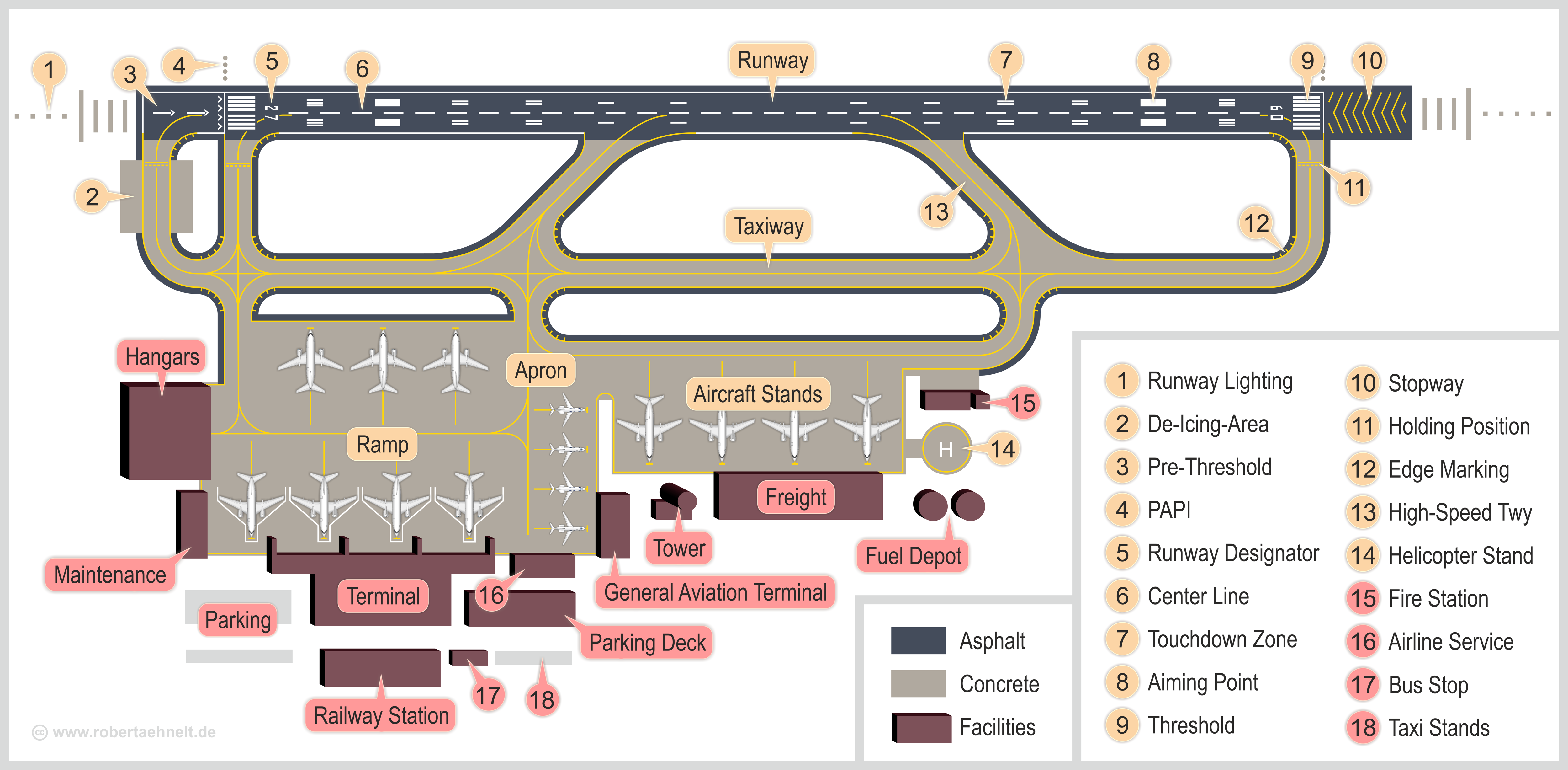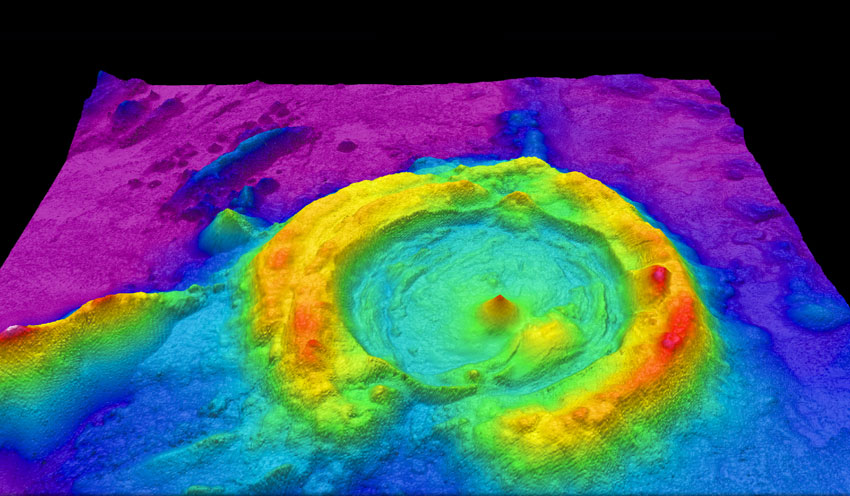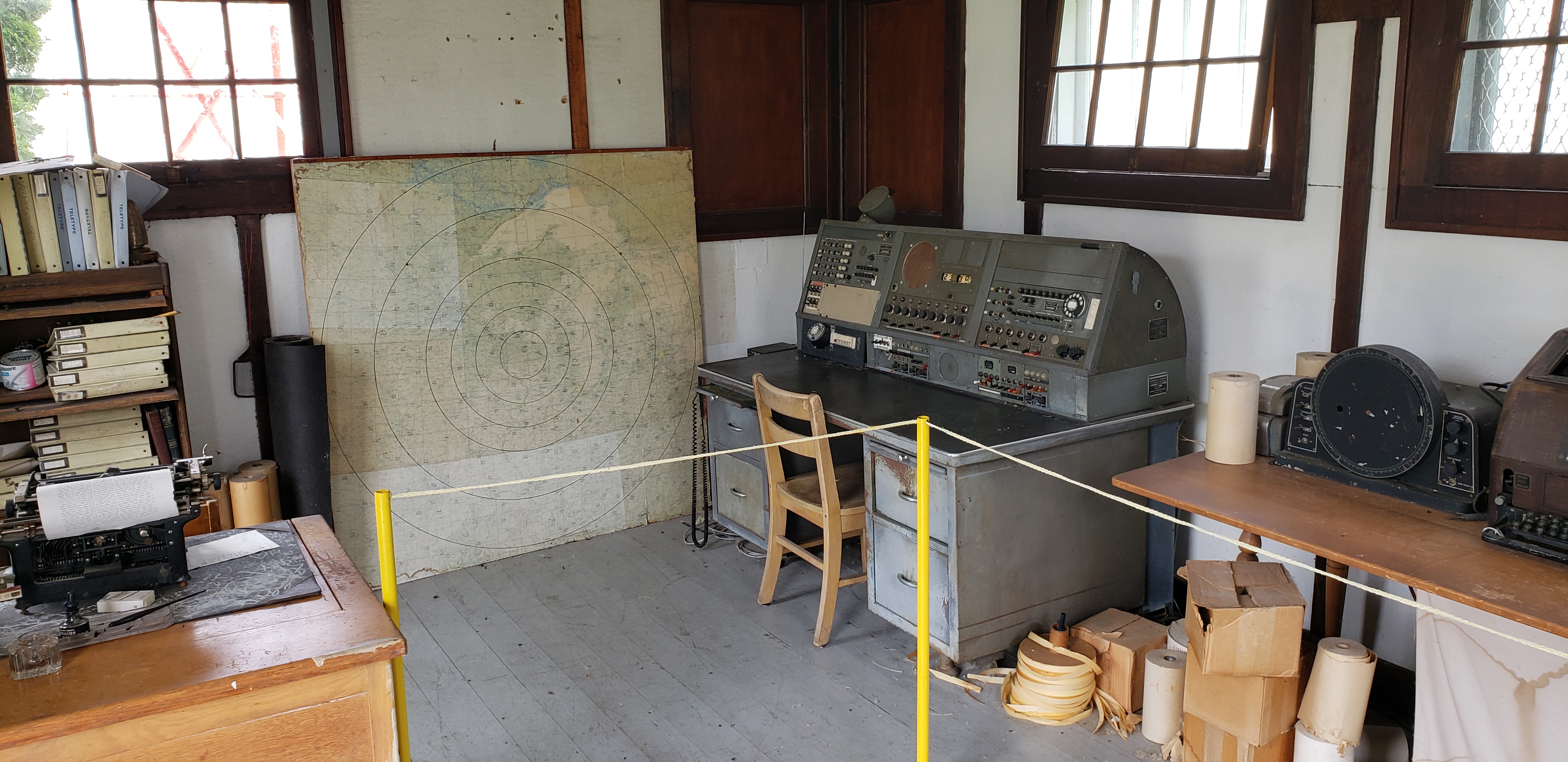|
Princeton Municipal Airport (Minnesota)
Princeton Municipal Airport is a city-owned public-use airport located one nautical mile (1.85 km) southwest of the central business district of Princeton, a city in Mille Lacs County, Minnesota, United States. This airport is included in the FAA's National Plan of Integrated Airport Systems 2015–2019, which categorizes it as a ''general aviation airport''. Although most U.S. airports use the same three-letter location identifier for the FAA and IATA, this airport is assigned PNM by the FAA but has no designation from the IATA. History The Federal Aviation Administration relocated the flight service station (FSS) for Minnesota to Princeton in 1987. The airport was completely renovated in 1988. City of Princeton, Minnesota. Accessed 14 October 2009. Facilities and aircraft [...More Info...] [...Related Items...] OR: [Wikipedia] [Google] [Baidu] |
USGS
The United States Geological Survey (USGS), formerly simply known as the Geological Survey, is a scientific agency of the United States government. The scientists of the USGS study the landscape of the United States, its natural resources, and the natural hazards that threaten it. The organization's work spans the disciplines of biology, geography, geology, and hydrology. The USGS is a fact-finding research organization with no regulatory responsibility. The agency was founded on March 3, 1879. The USGS is a bureau of the United States Department of the Interior; it is that department's sole scientific agency. The USGS employs approximately 8,670 people and is headquartered in Reston, Virginia. The USGS also has major offices near Lakewood, Colorado, at the Denver Federal Center, and Menlo Park, California. The current motto of the USGS, in use since August 1997, is "science for a changing world". The agency's previous slogan, adopted on the occasion of its hundredth ... [...More Info...] [...Related Items...] OR: [Wikipedia] [Google] [Baidu] |
Location Identifier
A location identifier is a symbolic representation for the name and the location of an airport, navigation aid, or weather station, and is used for staffed air traffic control facilities in air traffic control, telecommunications, computer programming, weather reports, and related services. ICAO location indicator The International Civil Aviation Organization establishes sets of 4-letter location indicators which are published in ''ICAO Publication 7910''. These are used by air traffic control agencies to identify airports and by weather agencies to produce METAR weather reports. The first letter indicates the region; for example, K for the contiguous United States, C for Canada, E for northern Europe, R for the Asian Far East, and Y for Australia. Examples of ICAO location indicators are RPLL for Manila Ninoy Aquino Airport and KCEF for Westover Joint Air Reserve Base. IATA identifier The International Air Transport Association uses sets of three-letter IATA identifiers wh ... [...More Info...] [...Related Items...] OR: [Wikipedia] [Google] [Baidu] |
Airports In Minnesota
An airport is an aerodrome with extended facilities, mostly for commercial air transport. Airports usually consists of a landing area, which comprises an aerially accessible open space including at least one operationally active surface such as a runway for a plane to take off and to land or a helipad, and often includes adjacent utility buildings such as control towers, hangars and terminals, to maintain and monitor aircraft. Larger airports may have airport aprons, taxiway bridges, air traffic control centres, passenger facilities such as restaurants and lounges, and emergency services. In some countries, the US in particular, airports also typically have one or more fixed-base operators, serving general aviation. Operating airports is extremely complicated, with a complex system of aircraft support services, passenger services, and aircraft control services contained within the operation. Thus airports can be major employers, as well as important hubs for tourism and ... [...More Info...] [...Related Items...] OR: [Wikipedia] [Google] [Baidu] |
List Of Airports In Minnesota
This is a list of airports in the U.S. state of Minnesota, grouped by type and sorted by location. It contains all public-use and military airports in the state. Some private-use and former airports may be included where notable, such as airports that were previously public-use, those with commercial enplanements recorded by the FAA or airports assigned an IATA airport code. Airports See also * Essential Air Service * Minnesota World War II Army Airfields * Wikipedia:WikiProject Aviation/Airline destination lists: North America#Minnesota References Federal Aviation Administration (FAA): FAA Airport Data (Form 5010)from National Flight Data Center (NFDC), also available froAirportIQ 5010National Plan of Integrated Airport Systems (2017–2021) updated September 2016 Passenger Boarding (Enplanement) Data for CY 2016 (final) updated October 2017 Minnesota Department of Transportation (Mn/DOT): Minnesota Airport Directory Other sites used as a reference when compili ... [...More Info...] [...Related Items...] OR: [Wikipedia] [Google] [Baidu] |
Ultralight
Ultralight aviation (called microlight aviation in some countries) is the flying of lightweight, 1- or 2-seat fixed-wing aircraft. Some countries differentiate between weight-shift control and conventional three-axis control aircraft with ailerons, elevator and rudder, calling the former "microlight" and the latter "ultralight". During the late 1970s and early 1980s, mostly stimulated by the hang gliding movement, many people sought affordable powered flight. As a result, many aviation authorities set up definitions of lightweight, slow-flying aeroplanes that could be subject to minimum regulations. The resulting aeroplanes are commonly called "ultralight aircraft" or "microlights", although the weight and speed limits differ from country to country. In Europe, the sporting (FAI) definition limits the maximum stalling speed to and the maximum take-off weight to , or if a ballistic parachute is installed. The definition means that the aircraft has a slow landing speed and ... [...More Info...] [...Related Items...] OR: [Wikipedia] [Google] [Baidu] |
Helicopter
A helicopter is a type of rotorcraft in which lift and thrust are supplied by horizontally spinning rotors. This allows the helicopter to take off and land vertically, to hover, and to fly forward, backward and laterally. These attributes allow helicopters to be used in congested or isolated areas where fixed-wing aircraft and many forms of STOL (Short TakeOff and Landing) or STOVL (Short TakeOff and Vertical Landing) aircraft cannot perform without a runway. In 1942, the Sikorsky R-4 became the first helicopter to reach full-scale production.Munson 1968.Hirschberg, Michael J. and David K. Dailey"Sikorsky". ''US and Russian Helicopter Development in the 20th Century'', American Helicopter Society, International. 7 July 2000. Although most earlier designs used more than one main rotor, the configuration of a single main rotor accompanied by a vertical anti-torque tail rotor (i.e. unicopter, not to be confused with the single-blade monocopter) has become the most ... [...More Info...] [...Related Items...] OR: [Wikipedia] [Google] [Baidu] |
Aircraft Engine
An aircraft engine, often referred to as an aero engine, is the power component of an aircraft propulsion system. Most aircraft engines are either piston engines or gas turbines, although a few have been rocket powered and in recent years many small UAVs have used electric motors. Manufacturing industry In commercial aviation the major Western manufacturers of turbofan engines are Pratt & Whitney (a subsidiary of Raytheon Technologies), General Electric, Rolls-Royce, and CFM International (a joint venture of Safran Aircraft Engines and General Electric). Russian manufacturers include the United Engine Corporation, Aviadvigatel and Klimov. Aeroengine Corporation of China was formed in 2016 with the merger of several smaller companies. The largest manufacturer of turboprop engines for general aviation is Pratt & Whitney. General Electric announced in 2015 entrance into the market. Development history * 1848: John Stringfellow made a steam engine for a 10-foot ... [...More Info...] [...Related Items...] OR: [Wikipedia] [Google] [Baidu] |
Military Aviation
Military aviation comprises military aircraft and other flying machines for the purposes of conducting or enabling aerial warfare, including national airlift ( air cargo) capacity to provide logistical supply to forces stationed in a war theater or along a front. Airpower includes the national means of conducting such warfare, including the intersection of transport and warcraft. Military aircraft include bombers, fighters, transports, trainer aircraft, and reconnaissance aircraft. History The first military uses of aviation involved lighter-than-air balloons. During the Battle of Fleurus in 1794, the French observation balloon ''l'Entreprenant'' was used to monitor Austrian troop movements. The use of lighter-than-air aircraft in warfare became prevalent in the 19th century, including regular use in the American Civil War. Lighter-than-air military aviation persisted until shortly after World War II, gradually being withdrawn from various roles as heavier-than-air ... [...More Info...] [...Related Items...] OR: [Wikipedia] [Google] [Baidu] |
Runway
According to the International Civil Aviation Organization (ICAO), a runway is a "defined rectangular area on a land aerodrome prepared for the landing and takeoff of aircraft". Runways may be a man-made surface (often asphalt concrete, asphalt, concrete, or a mixture of both) or a natural surface (sod, grass, soil, dirt, gravel, ice, sand or road salt, salt). Runways, as well as taxiways and Airport apron, ramps, are sometimes referred to as "tarmac", though very few runways are built using Tarmacadam, tarmac. Takeoff and landing areas defined on the surface of water for seaplanes are generally referred to as waterways. Runway lengths are now International Civil Aviation Organization#Use of the International System of Units, commonly given in meters worldwide, except in North America where feet are commonly used. History In 1916, in a World War I war effort context, the first concrete-paved runway was built in Clermont-Ferrand in France, allowing local company Michelin to ... [...More Info...] [...Related Items...] OR: [Wikipedia] [Google] [Baidu] |
Mean Sea Level
There are several kinds of mean in mathematics, especially in statistics. Each mean serves to summarize a given group of data, often to better understand the overall value ( magnitude and sign) of a given data set. For a data set, the '' arithmetic mean'', also known as "arithmetic average", is a measure of central tendency of a finite set of numbers: specifically, the sum of the values divided by the number of values. The arithmetic mean of a set of numbers ''x''1, ''x''2, ..., x''n'' is typically denoted using an overhead bar, \bar. If the data set were based on a series of observations obtained by sampling from a statistical population, the arithmetic mean is the '' sample mean'' (\bar) to distinguish it from the mean, or expected value, of the underlying distribution, the '' population mean'' (denoted \mu or \mu_x).Underhill, L.G.; Bradfield d. (1998) ''Introstat'', Juta and Company Ltd.p. 181/ref> Outside probability and statistics, a wide range of other notions of ... [...More Info...] [...Related Items...] OR: [Wikipedia] [Google] [Baidu] |
Elevation
The elevation of a geographic location is its height above or below a fixed reference point, most commonly a reference geoid, a mathematical model of the Earth's sea level as an equipotential gravitational surface (see Geodetic datum § Vertical datum). The term ''elevation'' is mainly used when referring to points on the Earth's surface, while '' altitude'' or '' geopotential height'' is used for points above the surface, such as an aircraft in flight or a spacecraft in orbit, and '' depth'' is used for points below the surface. Elevation is not to be confused with the distance from the center of the Earth. Due to the equatorial bulge, the summits of Mount Everest and Chimborazo have, respectively, the largest elevation and the largest geocentric distance. Aviation In aviation the term elevation or aerodrome elevation is defined by the ICAO as the highest point of the landing area. It is often measured in feet and can be found in approach charts of the aerodrome ... [...More Info...] [...Related Items...] OR: [Wikipedia] [Google] [Baidu] |
Flight Service Station
A flight service station (FSS) is an air traffic facility that provides information and services to aircraft pilots before, during, and after flights, but unlike air traffic control (ATC), is not responsible for giving instructions or clearances or providing separation. They do, however, relay clearances from ATC for departure or approaches. The people who communicate with pilots from an FSS are referred to as flight service specialists. The precise services offered by stations vary by country, but typical FSS services may include providing preflight briefings including weather and notices to airmen (NOTAMs); filing, opening, and closing flight plans; monitoring navigational aids (NAVAIDs); collecting and disseminating pilot reports (PIREPs) and airport surface weather observations; offering traffic advisories to aircraft on the ground or in flight; relaying instructions or clearances from air traffic control; relaying information from or about airborne aircraft to their home base ... [...More Info...] [...Related Items...] OR: [Wikipedia] [Google] [Baidu] |







